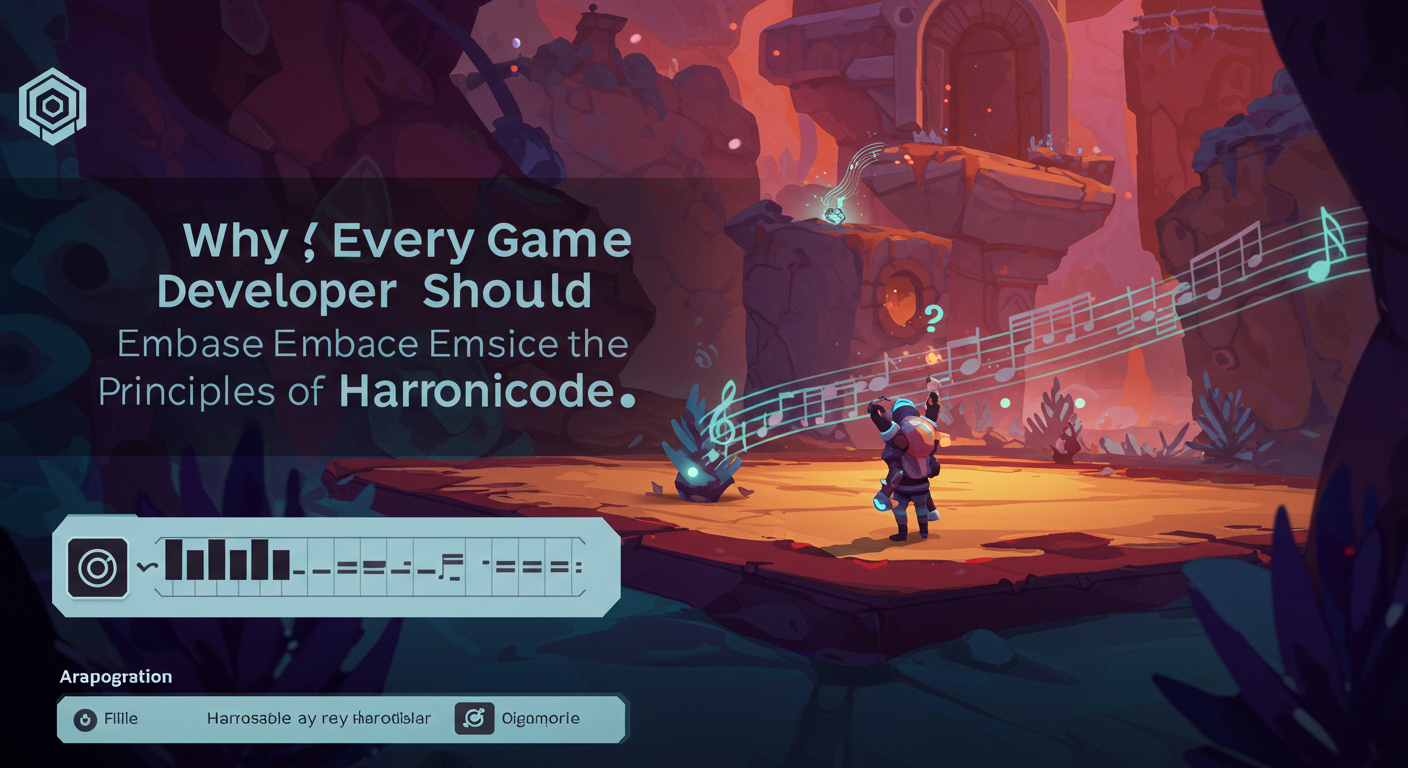In today’s fast-paced world, the concept of antarvwsna is gaining attention among individuals seeking deeper meaning and clarity in life. Antarvwsna refers to inner desire or the intrinsic voice that drives our choices, thoughts, and passions. While the term may sound spiritual or philosophical, its implications are deeply personal and relevant in everyday life. Understanding your own antarvwsna can lead to profound self-awareness and a more fulfilling existence.
The Origin and Meaning of Antarvwsna
The Roots of the Word
The word antarvwsna is derived from Sanskrit, where “antar” means “inner” and “vwsna” refers to desire or longing. When combined, the term signifies one’s deepest internal cravings, often hidden beneath surface-level goals and emotions. These aren’t materialistic wishes but rather emotional or spiritual impulses that influence a person’s path in life.
Cultural and Philosophical Context
In Eastern philosophies, particularly within Indian traditions, antarvwsna is seen as a reflection of the soul’s calling. It’s not just about what one wants in a superficial sense, but about uncovering the emotional or spiritual void that one is striving to fill. Recognizing these desires helps align actions with purpose and brings inner peace.
How Antarvwsna Shapes Our Lives
The Silent Force Behind Decisions
Whether or not we recognize it, antarvwsna shapes our everyday choices. From the careers we pursue to the relationships we invest in, our inner desires act as invisible compasses. For instance, someone might appear to chase wealth, but their true antarvwsna could be the need for security or validation.
Unconscious vs. Conscious Desires
While some antarvwsnas are clearly understood, others lie beneath the surface. Unacknowledged inner desires can manifest in the form of dissatisfaction or restlessness. The journey of personal growth often begins when one becomes conscious of these underlying drives and addresses them with honesty.
Recognizing Your Own Antarvwsna
Self-Reflection and Introspection
Understanding your antarvwsna starts with deep self-reflection. Take time to question your motivations:
-
What truly makes you feel alive?
-
What goals bring lasting satisfaction?
-
What are you most passionate about?
Journaling, meditation, or even therapy can help peel back the layers and bring your true antarvwsna to light.
Patterns and Emotions as Clues
Recurring themes in your life—such as repeated career choices, emotional triggers, or dreams—often point to your antarvwsna. Pay attention to what consistently excites, frustrates, or inspires you. These emotional patterns are windows into your inner self.
Antarvwsna and Personal Growth
The Path to Fulfillment
Once you identify your antarvwsna, you can start making choices that align with it. This alignment fosters authenticity, meaning, and contentment. You begin to live a life not based on external validation, but one grounded in inner truth.
Dealing With Conflicting Desires
Sometimes, we experience internal conflict between societal expectations and our antarvwsna. For example, someone might feel pressured to follow a stable career path but deeply desire a creative lifestyle. In such situations, acknowledging the conflict is the first step. Striking a balance or finding a middle ground allows personal growth without complete upheaval.
Antarvwsna in Relationships
Understanding Yourself and Others
Recognizing antarvwsna doesn’t just help with personal clarity—it enhances relationships too. When you know what drives you, you’re more capable of communicating your needs and boundaries. You also become more empathetic toward others as you understand that everyone is guided by their own antarvwsna.
Creating Authentic Connections
Relationships grounded in mutual respect for each other’s inner desires tend to be more meaningful and resilient. Whether in friendships, romantic partnerships, or family ties, honoring antarvwsna can build trust and emotional intimacy.
The Role of Antarvwsna in Spirituality
The Bridge Between Self and Soul
For many, is more than psychological—it’s spiritual. It serves as a bridge between the mind and the soul, pointing individuals toward their higher purpose. Embracing it can lead to spiritual awakening and a stronger connection with the universe.
Meditation and Mindfulness Practices
Spiritual traditions often recommend practices like meditation, breathing exercises, or chanting to better connect with one’s . These methods quiet the mind and create space for inner wisdom to emerge.
Misunderstandings About Antarvwsna
Not Just Desire for Pleasure
One of the biggest misconceptions is equating with physical or material desires. While these may be part of the picture, true is deeper and more complex, often rooted in emotional needs, life purpose, or spiritual alignment.
It’s Not a Fixed State
Another misunderstanding is that your antarwsna remains constant. In reality, it can evolve with life experiences, maturity, and changing values. What feels important in your 20s may shift significantly by the time you reach your 40s or 50s.
Living in Alignment With Antarvwsna
Steps Toward a More Meaningful Life
Living in tune with your means:
-
Saying yes to what truly matters
-
Letting go of pursuits that drain or distract you
-
Trusting your inner voice over external noise
This doesn’t mean ignoring responsibilities—it means making intentional choices that resonate with who you are at your core.
Challenges and Rewards
Pursuing your might bring challenges, especially if it goes against societal norms or external expectations. However, the emotional rewards—clarity, joy, purpose—are often well worth the effort.
Conclusion: Embrace Your Antarvwsna
Understanding and honoring your is a transformative journey. It empowers you to live authentically, connect deeply, and grow continuously. In a world full of distractions and superficial goals, tuning into your inner desires brings peace, purpose, and a sense of true direction. Take the time to explore your —it’s a path that leads not just inward, but upward
















Leave a Reply